These Dairy Devils Are Making Cheese From Celebrities’ Bacteria
Aged, ripe, and not for consumption.
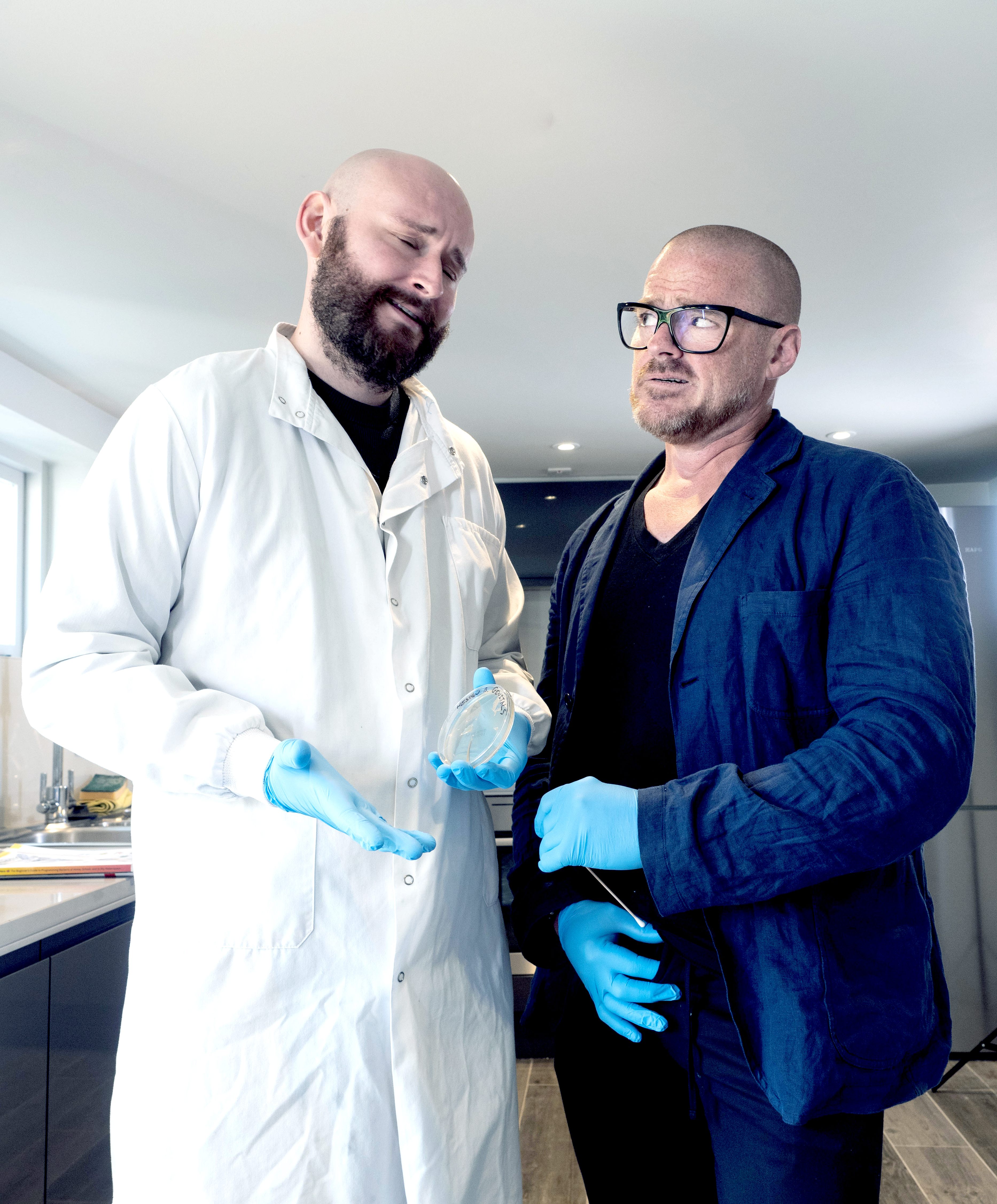
On May 18, a team of renegade cheesemakers will showcase some very outré cheese at the Victoria and Albert Museum’s forthcoming exhibition, Food: Bigger than the Plate. No samplings of this cheese, which will be showcased in climate-controlled glass, shall be on offer. Which is just as well, since they have been made with bacteria from the bodies of British celebrities.
Alex James of the rock band Blur, Michelin-star chef Heston Blumenthal, former Great British Bake Off finalist and author Ruby Tandoh, the singer-songwriter Suggs, and the rapper Professor Green all volunteered their bodily bacteria for science. More specifically, a chef, a synthetic biologist, and a biodesigner turned their body swabs into starter culture for the five cheeses that make up the exhibit, named Selfmade.
Helene Steiner and Thomas Meany are the team behind Open Cell, a biotechnology research hub housed within 45 shipping containers in Shepherd’s Bush, London. Together with chef John Quilter, who goes by Food Busker, the human-cheese artisans have been maturing a cheshire cheese (from Alex James), a comté (Heston Blumenthal), a mozzarella (Professor Green), a Stilton (Ruby Tandoh), and a Cheddar (Suggs). All five cheeses are maturing at the Open Cell lab, and will continue to age at the V&A’s Food exhibition, one of 70 exhibits examining various approaches to the future of food through contemporary design, art, and engineering.

The Selfmade team has launched a Youtube series to promote and explain the project, whose first episode aired on May 11, on Food Busker’s channel. In it, Professor Green gamely declares, “I hate cheese, but I’m here to be made into one.”

This isn’t the first attempt by scientists and cheesemakers to turn celebrity yuck into yum. The 2019 Selfmade is a recreation of a 2013 project with the same name. In the first iteration, Christina Agapakis, a synthetic biologist and artist, and Sissel Tolaas, a scientist and “smell specialist,” created cheese from the body bacteria of a handful of volunteers, including the food writer Michael Pollan. The purpose then, as now, was to create a microbial portrait, in cheese, of these non-cheese entities, in order to educate the public about the ubiquitousness of microbes and to challenge cultural queasiness around bacteria.
Bacteria is everywhere, and despite its association with disease and the common cold, it can play productive roles, as in the case of a ripe Stilton, marbled with mold. Our bodies teem with microbes, and research has suggested that the composition of our body’s microbiome can determine such integral facets as our mood, intelligence, and body weight. In a world obsessed with cleanliness, and armed with hand sanitizers, it is worth paying attention to the function of good bacteria. That’s where the cheese comes in. By using human bacteria to make such a beloved edible product, these food scientists and artists want to challenge associations of disgust with bacteria, and to highlight their extraordinary roles in our lives.
If you’ve ever come across a cheese that smelled like feet, that’s because the species of bacteria in many cheeses is of the same composition as the bacteria in human body parts. Cheesemaking calls for adding a starter culture—in the form of bacteria—to milk, which helps cheese curds to form. In the case of the Selfmade cheeses, this bacteria was taken by swabbing the ear, armpit, nose, or belly button of the celebrity volunteers. The microbes were then grown in a lab until there was enough to make wheels of cheese.
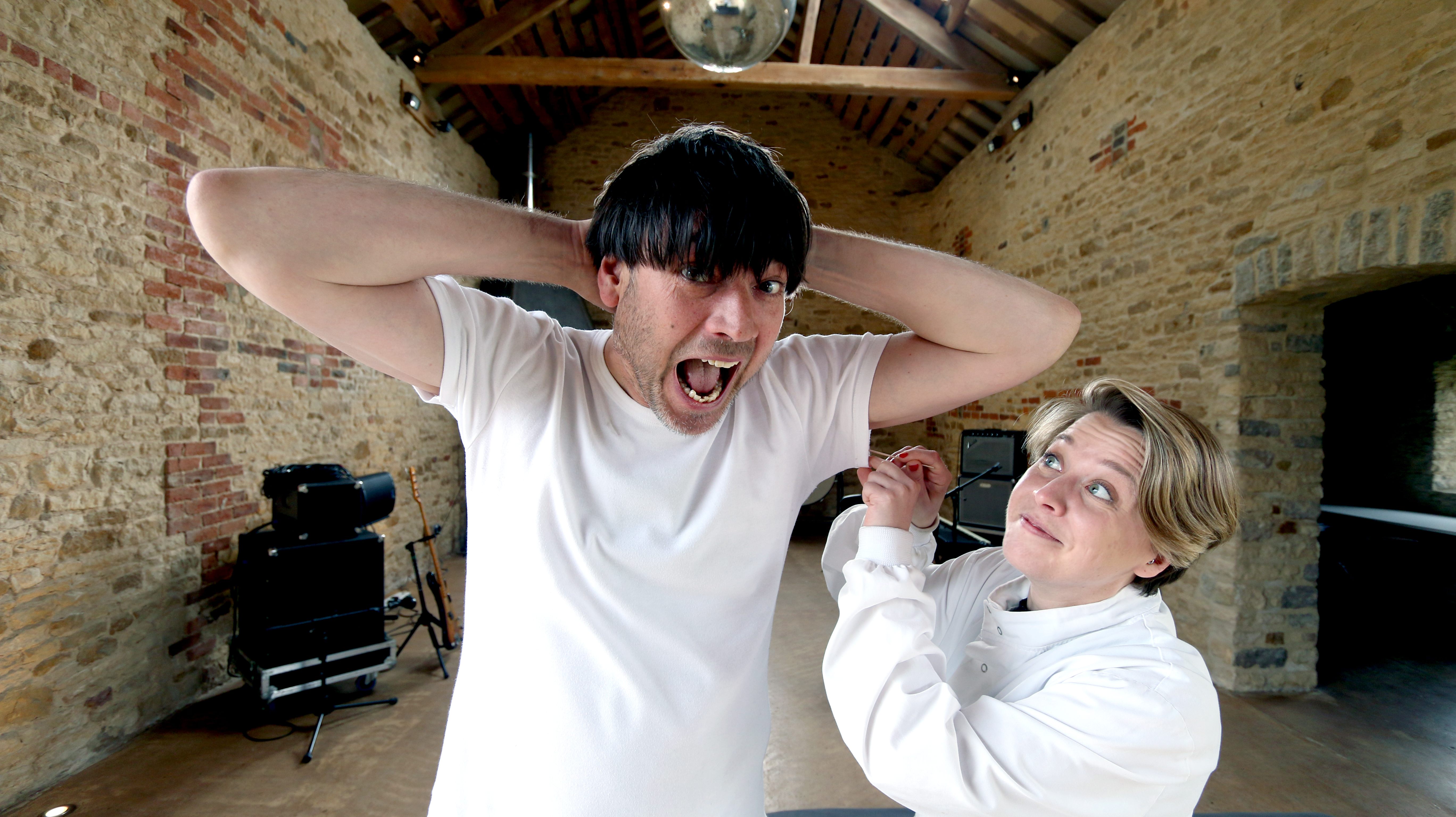
Ruby Tandoh, who writes in The Guardian about her experience of being made into Stilton, calls the project a “stubbornly strange, silly, unsterile food antic,” which was nonetheless timely given regulations around certain foods considered unclean or unsafe for eating, such as raw milk and unpasteurized cheeses.
V&A’s Food: Bigger than the Plate opens on May 18 in London and is scheduled to run through October 20, 2019. The Selfmade cheeses are being lab-tested to determine their fitness for consumption, but, ensconced in glass, they are unlikely to tempt museumgoers who might be curious to smell or nibble a cheesy Blumenthal.
For Selfmade’s Youtube videocast, Professor Green tells Food Busker that he specifically chose to be turned into mozzarella because it is the only cheese he can tolerate. He wanted his belly button bacteria taken because he thought it might be funny. “There were other places, but I definitely don’t want that filmed.” Scientific caprice, or delicious caprese, the fate of the Professor’s mozzarella remains to be seen.
Gastro Obscura covers the world’s most wondrous food and drink.
Sign up for our regular newsletter.







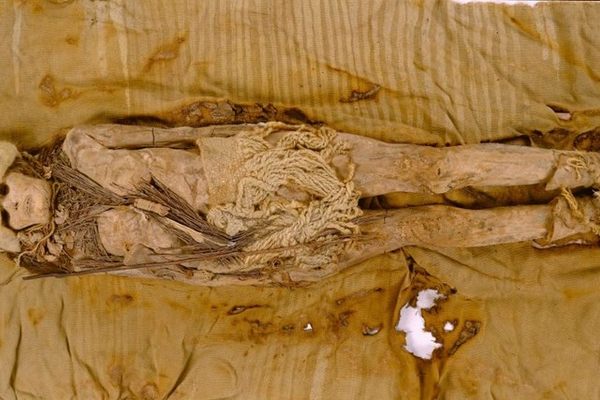





































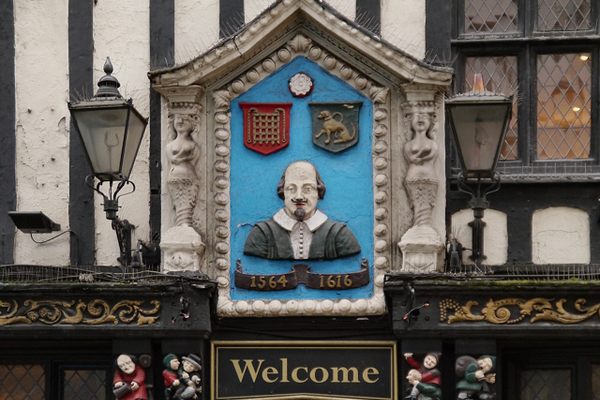

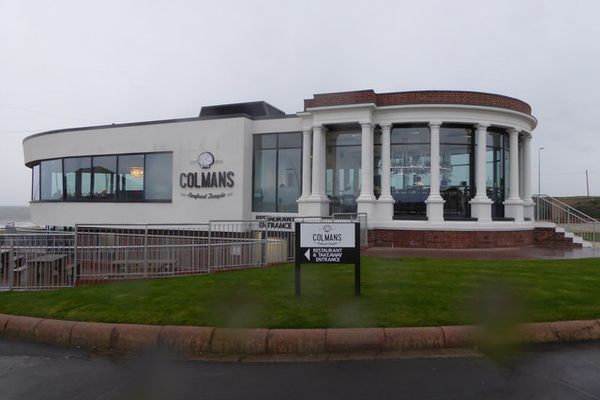

Follow us on Twitter to get the latest on the world's hidden wonders.
Like us on Facebook to get the latest on the world's hidden wonders.
Follow us on Twitter Like us on Facebook